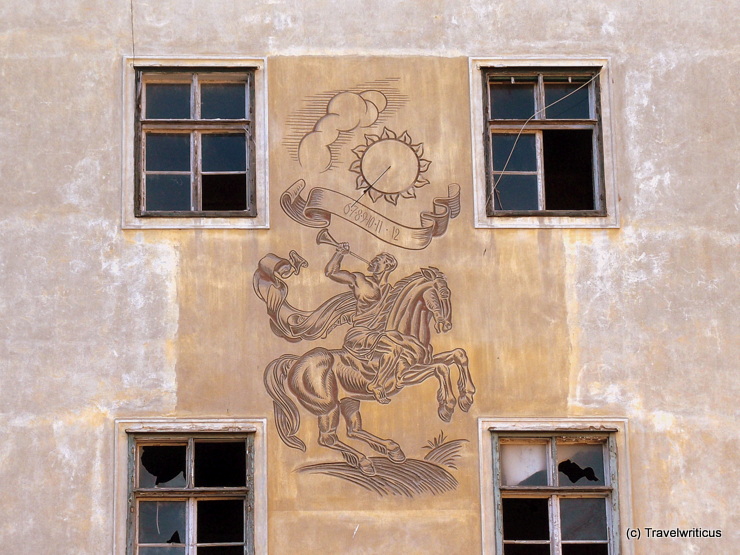
A sundial displaying an equestrian seen at the former Augustinian monastery (Augustinereremitenkloster) in Bruck an der Leitha,
You only see what you know (Goethe)

A sundial displaying an equestrian seen at the former Augustinian monastery (Augustinereremitenkloster) in Bruck an der Leitha,
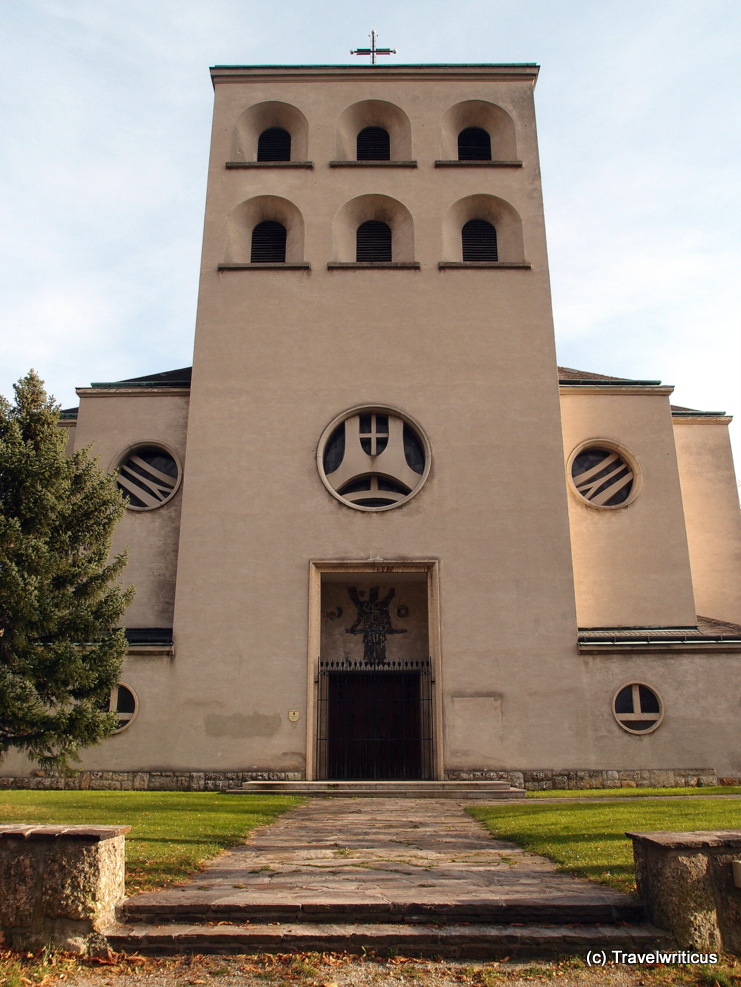
The construction of the Catholic Parish church in Gloggnitz started in 1933 but wasn’t finished before 1962. The church is dedicated to Christ the King. Therefore, it is generally known as Christkönigskirche.
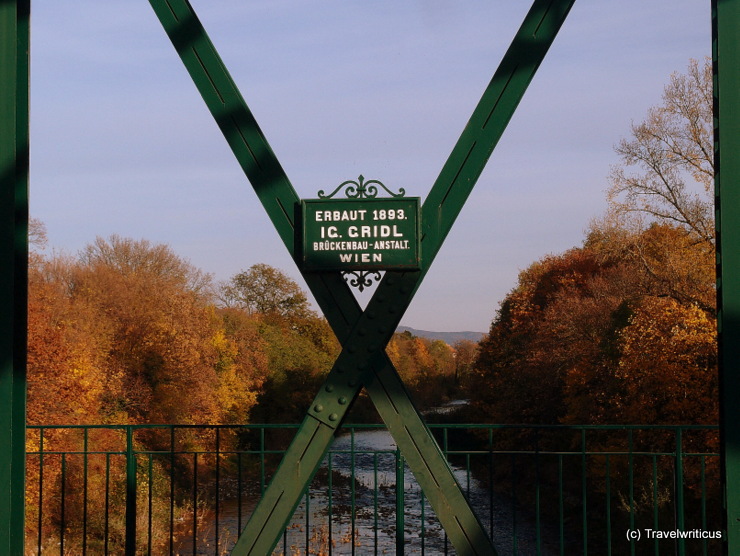
The Eiserne Brücke (Iron Bridge) in Neunkirchen dates back to the end of the 19th century. The bridge builder was the Ignaz Gridl Brückenbau-Anstalt. Especially in autumn, one has a great view of the Schwarza river from the bridge.
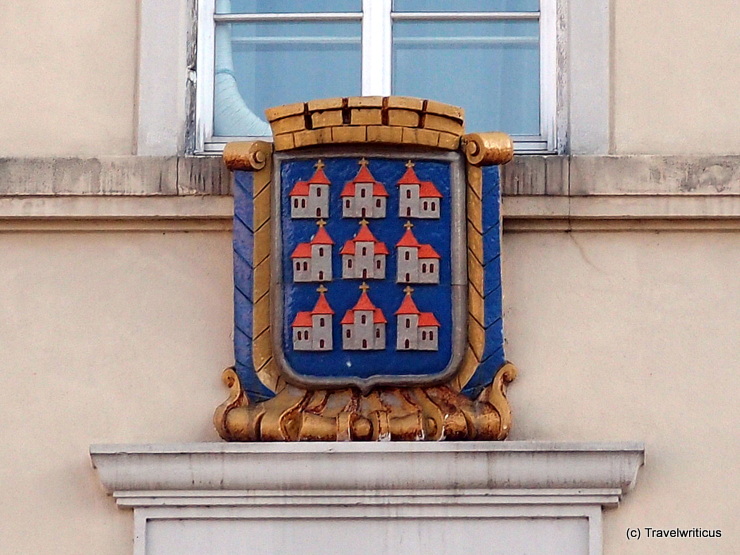
The coat of arms of Neunkirchen displays nine churches which refer to the meaning of the current city name (“Nine Churches”). Even though these city arms are a great example for canting arms the place was never known for nine churches. Actually the name origins from “new church”, a description which was used in the first mention of the place in 1094.
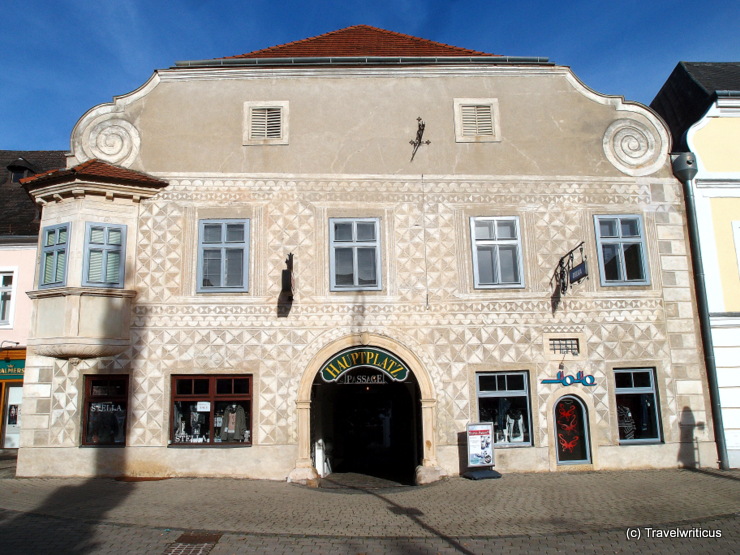
This 16th-century building located at the main square of Neunkirchen is generally known as Sgraffitohaus (Sgraffito House). An inscription at the portal dates back to 1591.
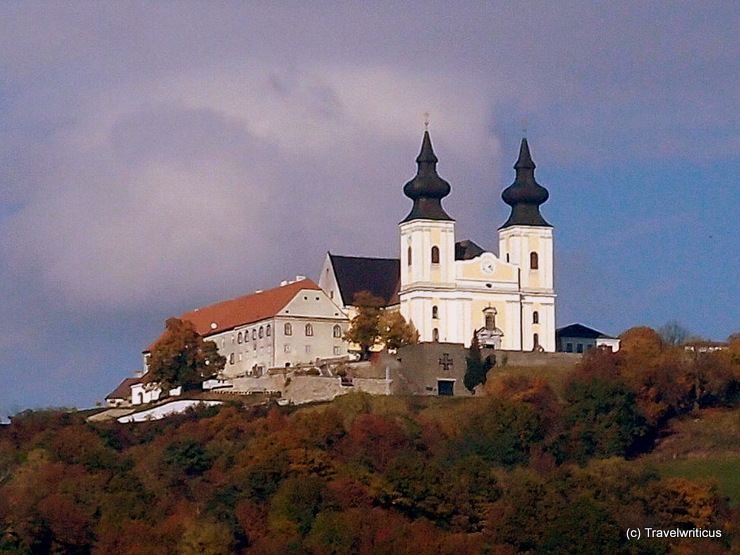
The pilgrimage church of Maria Taferl (Wallfahrtsbasilika Maria Taferl) is after the pilgrimage church of Mariazell the second most import pilgrimage church of Austria. Since 1947 the church has been granted the title basilica minor.
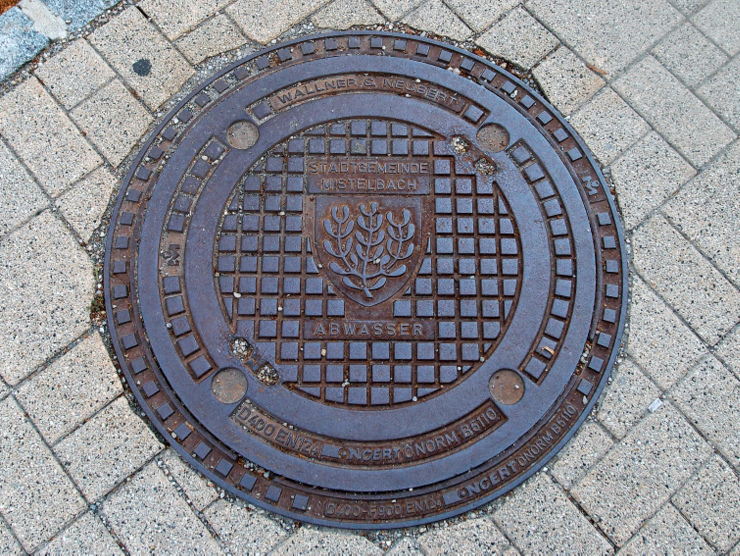
The manhole cover of Mistelbach shows a sprig of mistletoe, which is also depicted in the city arms. The term ‘Mistel‘ in the city name is actually the german term for a mistletoe.
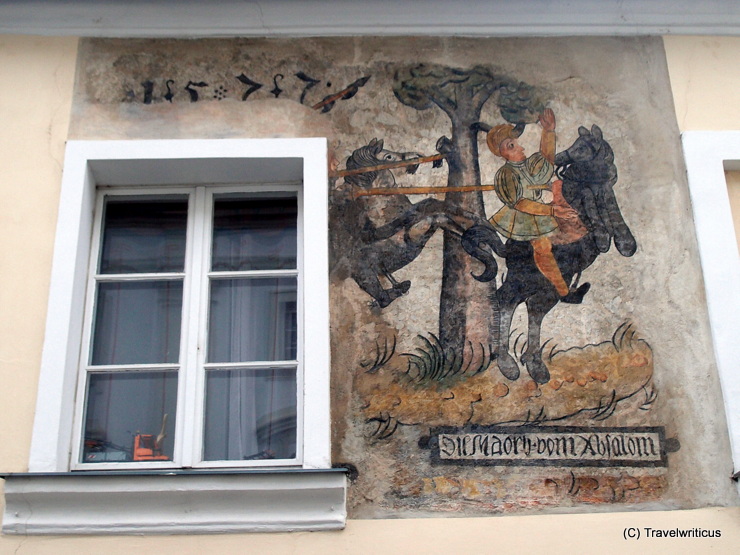
Renaissance fresco dated with 1577 seen at a building in the old part of Melk.
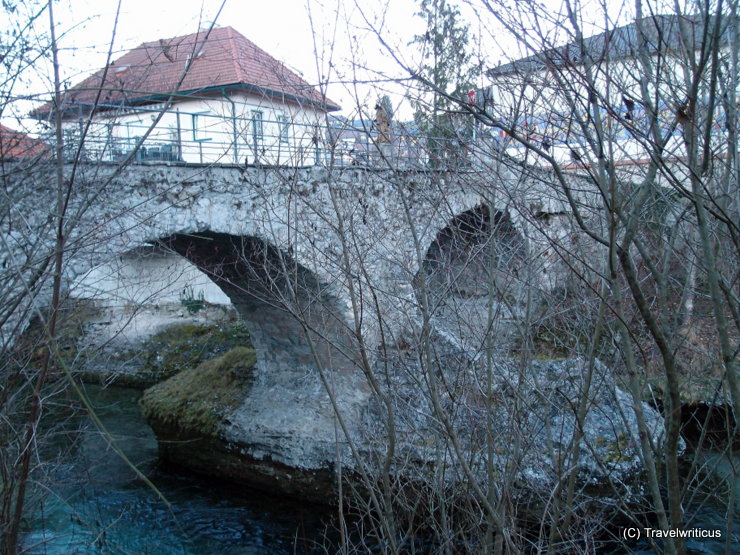
This stone bridge in Scheibbs was built in 1554 by Valentin Staudinger. The bridge using a rock in the middle of the river is considered the oldest still existing one crossing the Erlauf River.
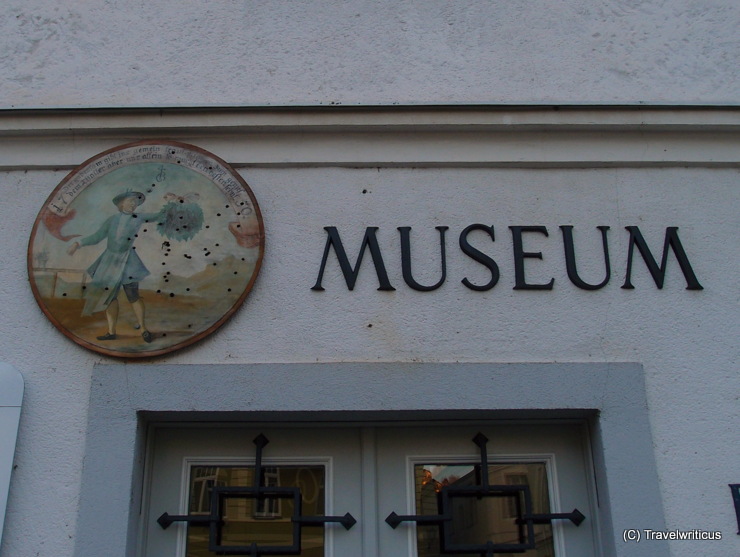
The museum of historical targets displays a collection of target boards (Schützenscheiben) dating from 1670 up to 1941 used by the local rifle club (Schützenverein). In general, these boards display scenes of daily life, local events and even important persons of history.
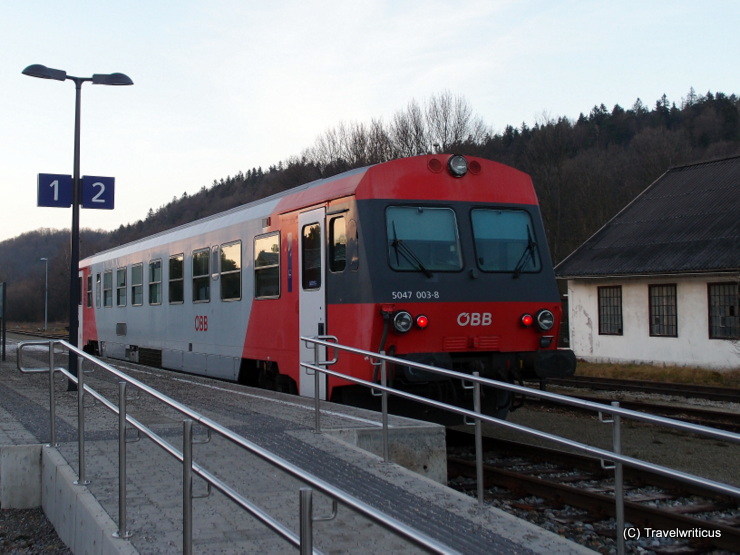
The diesel railcar ÖBB 5047 was produced by the Tyrolean Jenbacher Werke in the years 1987-1995. It replaced several older railcars such as the ÖBB 5144. I few of them were sold to competitors of the ÖBB, e.g. to the Hugarian-Austrian Raaberbahn AG.
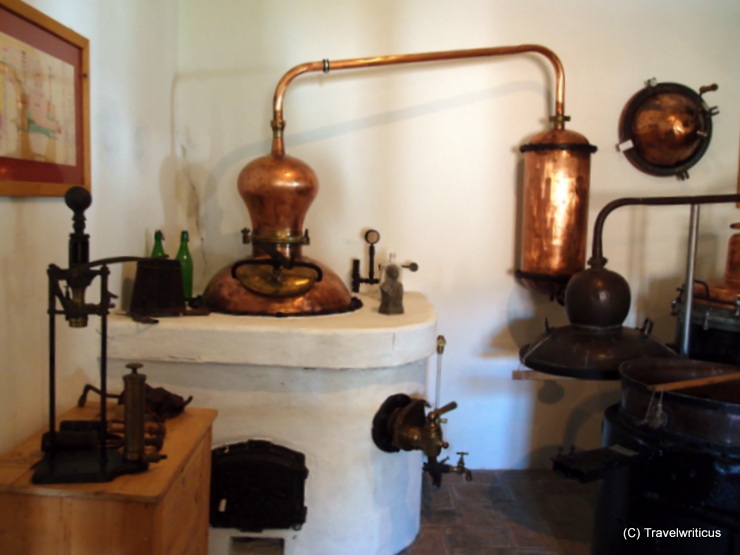
The distillery museum located in the vineyard estate and distillery Heger (Weingut & Destillerie Heger) in Poysdorf focuses on explaining the differences between small distilleries and industrial distilleries regarding the quality of their products. The pic above shows pieces generally used in smaller stillhouses.